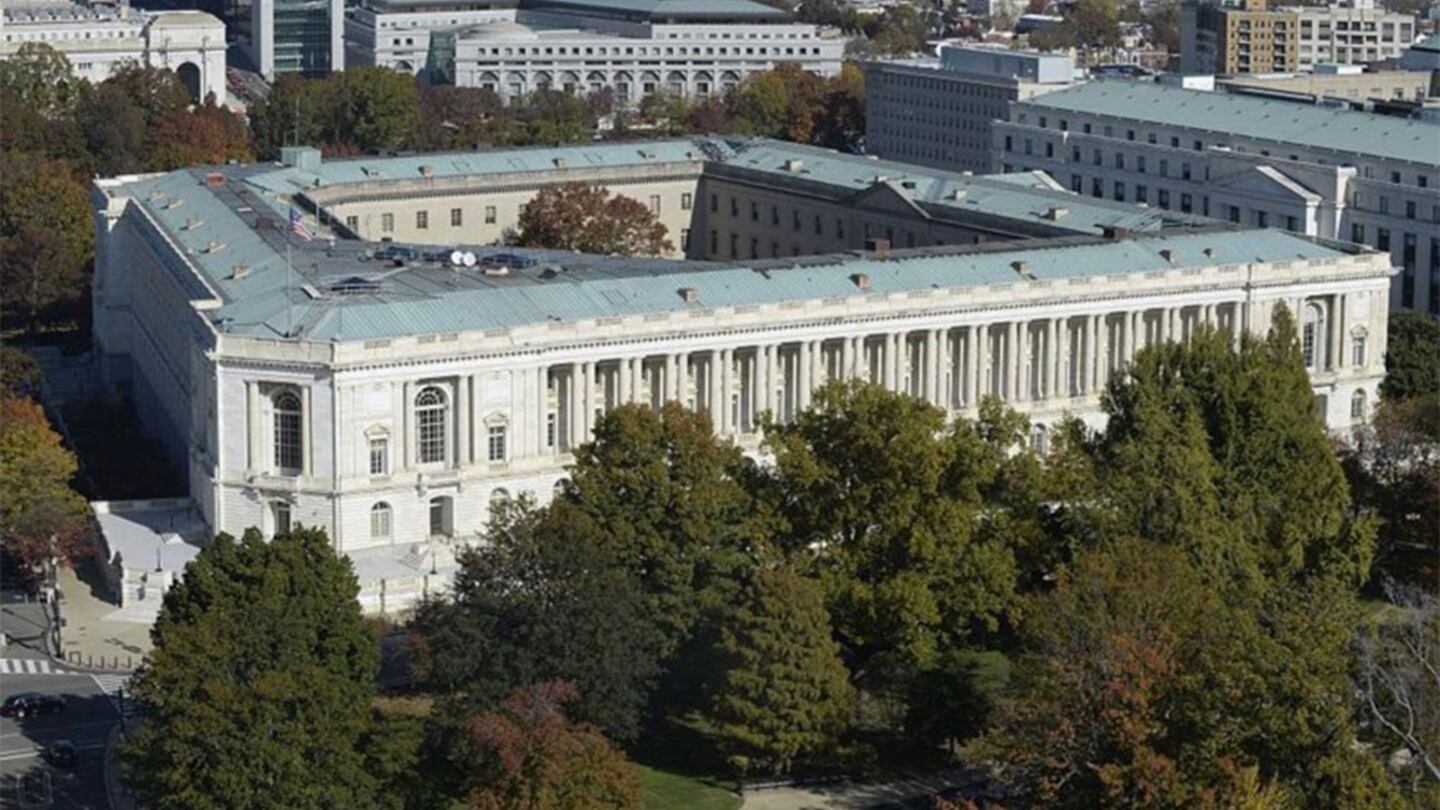Senate Minority Leader Chuck Schumer said this weekend that he will introduce a resolution to rename the Senate's Russell Office Building for Sen. John McCain, who died on Saturday at his home in Arizona.
McCain died 13 months after he was diagnosed with glioblastoma, a form of brain cancer.
Schumer, D-New York, praised his colleague as an American patriot and said he would introduce the resolution “so that generations remember him."
"As you go through life, you meet few truly great people," Schumer said in a statement. "John McCain was one of them. His dedication to his country and the military were unsurpassed, and maybe most of all, he was a truth teller - never afraid to speak truth to power in an era where that has become all too rare."
>> What happens to John McCain's Senate seat?
The building Schumer is proposing to rename is one of three Senate office buildings adjacent to the U.S. Capitol. Construction was begun on the building in 1903, and it was opened in 1909.
>> McCain dies on anniversary of friend Ted Kennedy’s death
It was called the Old Senate Office Building when it was renamed in 1972 for Sen. Richard Russell Jr., D-Georgia, who served in the Senate for 38 years.
Here are a few things you may not have known about Russell:
- He was born in Winder, Georgia, in 1897, the first son and fourth of 15 children of Ina and Richard Russell.
- He practiced law with his father after graduating from the University of Georgia School of Law and serving for a brief time in World War !.
- Russell's father was later chief justice of the Georgia Supreme Court.
- From 1921 to 1931, he served in the Georgia House of Representatives. He was elected governor of Georgia in 1930, taking office in 1931. He won a special election in 1932 to succeed Sen. William J. Harris, who died of a heart attack in April of that year. Russell called for the special election in September 1932, became a candidate and won the seat. He joined the Senate in 1933 and was re-elected six times.
- Russell was known as a skilled legislator for his mastery of the rules of the Senate.
- During his career, he served as president pro tempore of the Senate, chairman of the Committee on Immigration, chairman of the Committee on Manufactures, chairman of the Committee on Armed Services, and chairman on the Committee on Appropriations.
- He was the chief sponsor of the 1946 National School Lunch Act. The legislation offered discounted or free lunches to low-income school children.
- Russell chaired the Senate investigation into the firing by President Harry Truman of General Douglas MacArthur.
- He ran for president in 1952.
- Russell was a segregationist, opposing civil rights legislation. In 1956, he helped to write the "Southern Manifesto" which laid out the Southern states' opposition to racial desegregation.
- He was a leader in the opposition to the Civil Rights Act of 1964.
- Russell was good friends with Lyndon Johnson until 1968 when the two ended their 20-year friendship over the nomination of Johnson's friend Abe Fortas for chief justice of the Supreme Court. Russell helped to kill the nomination by filibuster in the Senate.
- He was a member of the Warren Commission that investigated the assassination of President John F. Kennedy.
- Russell died in office on Jan. 21, 1971 of emphysema. He is buried in Winder.
- Russell never married.
- A statue of Russell stands in the Russell Building's rotunda.
- Russell has a myriad of buildings, schools and roads named after him, as well as a dam and a submarine.
Cox Media Group








